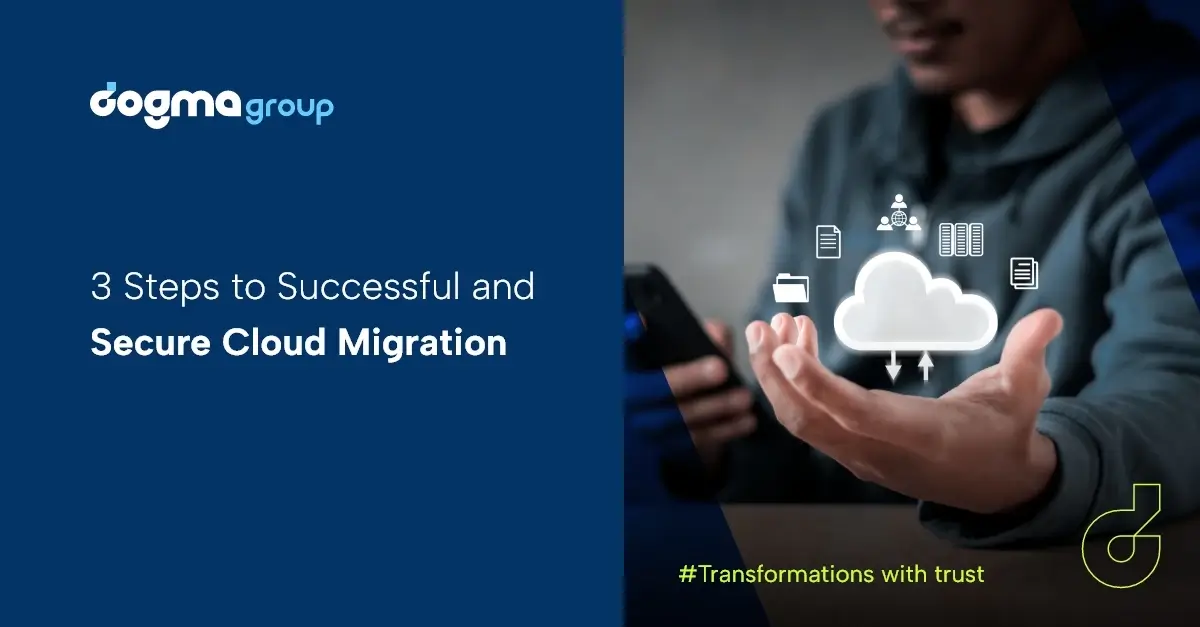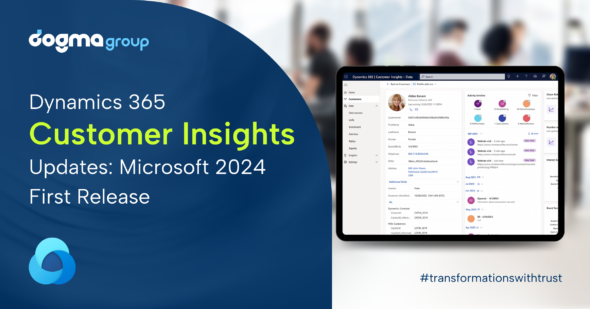Cloud adoption and migration are hot topics in the business world today. Many companies are switching to the cloud as it offers greater scalability and improved performance, reduces IT costs and mitigates security risks.
According to Gartner’s research, 95% of data workloads will be hosted in the cloud by 2025, and more than 85% of organisations will embrace a cloud-first principle by 2025.
This article will cover the strategies, steps and considerations for effective cloud migration.
What makes a great Cloud Strategy?

A cloud strategy is an organisation’s plan to host its IT infrastructure for achieving cloud success. Your strategy will define the role of cloud computing within your organisation, and it should be a living document that you update and share with the rest of your team.
The right strategy can address your short-term goals, like decreasing the hosting costs, and long-term goals, like improving alignment between IT and business objectives.
Here are the three strategies for cloud migration that businesses can use to meet their respective goals:
Rehosting:
Also known as the ‘lift and shift’ strategy, this is simply moving the infrastructure from on-premises hosting to the cloud. This involves no change in code, architecture, application or infrastructure.
If your company is small, the workload is simple and you are still trying to figure out long-term goals, this strategy suits you best.
Refactoring:
It’s the process of restructuring the code, that is, making changes to improve internal code to increase the overall software quality and modernise it.
For instance, if your existing application is resource-intensive and includes huge data processing, the cloud billing for it may be higher. So, in this case, before moving to the cloud, the application needs to be redesigned for better resource utilisation. Refactoring is the best approach for this situation.
Replatforming:
Also known as ‘lift-tinker-and-shift’ strategy, this is the middle ground between the rehost and refactor. It involves some modification in the application to leverage the benefits of the new cloud infrastructure without rewriting its core architecture. This results in minor changes in end-user activity.
Replatforming is opted by larger enterprises when they need to offer solutions, services and products that their current platform was not designed to support.
These are the three strategies for cloud migration. However, this does not mean these are the only way to go. You can mix these cloud migration strategies to serve your immediate and long-term goals.
Choosing the cloud migration step wisely
Understanding the right steps is pivotal to guarantee that migration is efficient and free of any pitfalls. Though there are no ‘best and only’ steps to cloud migration, most organisations follow these steps for effective cloud migration.
Here are three foundational steps to follow:
1. Build a business case, conduct a business process mapping and decide the right approach
First and foremost, it is important to have a well-thought-out plan. This can save your time, effort, and budget in the following steps by evaluating roadblocks during the cloud migration.
Making a business case for cloud migration is a crucial task in the plan. A business Case provides a view of the technical and financial timeline of the IT environment and checks if it’s rooted and aligned with business outcomes.
The term “IT environment” refers to the infrastructure, hardware, software, and systems on which a company relies every day when it uses information technology (IT).
Here are a few questions to be answered in this phase:
How much does it cost to run the IT environment today?
- What will your on-premises cost be if you migrate to the cloud?
- What will be your cost if you don’t migrate to the cloud?
- What business value will my organisation gain by moving to the cloud?
Another key activity is business process mapping, which clarifies how your organisation operates. This will help you pinpoint bottlenecks that impede progress in specific areas and challenge you to question every aspect of how you carry out processes today.
The above questions and activities are critical when deciding on the best cloud strategy.
Because most cloud migrations are complex, it is strongly suggested that a project manager oversee the cloud migration process. This is vital since a cloud migration effort may involve many stakeholders. A project manager can keep an eye on the cloud migration process in real time and immediately deal with any friction.
2. Identify components that need to be moved and manage risk
This phase is about discovering, scanning and assessing the current applications, architecture and data landscape to determine the best suite applications and data to migrate to the cloud.
For example, some apps planned for near-term modernisation can be perfect for the cloud. But some apps may be too hard or risky to migrate to and ones that won’t provide any return on investment. Determining this outset rightly is pivotal for successful data migration.
Migration planners can make informed decisions regarding which application is best for the cloud through processes like application discovery and dependency mapping. Application discovery and process mapping help identify and document the external dependencies of a software application, such as servers, networks, storage, and applications. A thorough assessment minimises risk and helps maintain service level agreements after cloud migration.
Furthermore, this is an excellent time to reconsider your company’s security approach. Your team should be cognizant of data security during cloud migration, as this can save your time and budget in the long term.
To give an example: Infected software can cause potential loss of data and can also impede existing project development, on top of additional downtime in attempting to restore lost (or damaged) data. One thing you can do to maintain data security is to verify that your data is encrypted before the application leaves the on-premises environment.
Compliance is another vital factor to consider. Before beginning the migration process, ensure you understand the transfer criteria and erase any personally identifying information (PII). PII can be your employee’s full name, Social Security Number, driver’s license, financial information, etc.
3. Change the infrastructure, migrate and optimise

The last phase comprises modernising existing applications, rewriting code, transforming architecture and infrastructure and developing new cloud-native apps. This will eventually lead to the creation of a new technology operating model altogether that will allow your organisation to innovate efficiently and effectively.
It is necessary to test the applications and databases elaborately in the cloud environment to ensure that the business process remains unaffected. Therefore, we require automated migration tools and skilled testing professionals to verify data and monitor the interaction between the application and the new database system. Specialised professionals can speed up your journey and deliver high quality and consistency.
Once the migration is “complete,” you start moving closer to your long-term goals of optimising performance, reducing cost, and improving process management.
Make sure that your organisation utilises the full capabilities and potential of the cloud for using resources cost-effectively. Optimisation is not a single step. Rather, it’s a continual process of fine-tuning, constantly seeking to strengthen security and conduct performance tuning.
Lastly, employees must fully understand the cloud infrastructure. So, an essential activity is training the workforce to be skilled in the new system. If the employees are not trained well, you will not get a return on investment from the cloud infrastructure. Skill training is crucial for equipping employees to adapt to the changes associated with cloud applications.
What’s Next?
In every phase, one thing to keep in mind is ensuring that all IT and business stakeholders are on the same page. You must share the vision with the stakeholders and ensure that the IT team understands the higher-level business perspective and goals.
Our Data Migration team at Dogma ensures that your organisation engages stakeholders right from the outset at the strategic planning stage and builds a business case that sets out the benefits of moving to the cloud.
Whether your data is held on-premises or in the cloud in a legacy database, at Dogma, we have data migration specialists who can plan, manage and migrate various forms of storage in the new CRM, ERP or any cloud-based technology.
As Microsoft Gold Partner and Salesforce Elite partners, we have years of experience moving data to CRM solutions like Dynamics 365 Sales, Marketing, Customer Service, Salesforce Sales Cloud, Marketing Cloud and Service Cloud. We also ensure a seamless migration to ERP solutions like Dynamics 365 Business Central.






